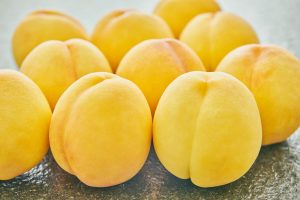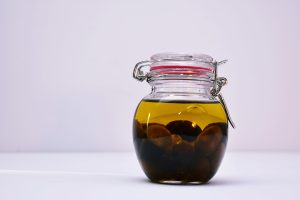The Science Behind Perfect Cookies Every Time
Have you ever tried making cookies from scratch and ended up with a batch that was either too crunchy or too soft? You followed the recipe to the tee, yet your cookies didn’t turn out perfectly. Don’t worry, you’re not alone. Baking is an exact science, and there are various factors that can affect the outcome of your cookies. In this article, we’ll dive into the science behind perfect cookies every time and give you some tips on how to achieve that perfect batch of cookies. So, let’s get baking!
The Importance of Recipe Ratios
One of the most critical aspects of baking is getting the recipe ratios right. If you think baking is just about mixing ingredients and throwing them in the oven, then you might have experienced some baking disasters. Whether you’re using a recipe from a cookbook or the internet, the ingredient ratios are crucial. Baking is a chemical reaction, and the amount and proportion of ingredients used determine the final product’s texture, flavor, and appearance.
The Basic Cookie Recipe Ratio
The standard cookie recipe calls for one part of fats, two parts of sugar, and three parts of flour. The fat content is usually butter, shortening, or oil, and the sugar can be either white, brown, or a combination of both. The flour acts as the structure of the cookie, giving it body and stability. This ratio is the foundation of most cookie recipes and has been tested and perfected over years of baking.
Playing with Ratios for Different Cookie Textures
If you prefer your cookies soft and chewy, you can increase the fat and sugar content while reducing the flour. The more sugar in a recipe, the softer the cookie will be. On the other hand, if you like your cookies crispy, you can increase the flour and reduce the fat and sugar. These changes in ratios affect the cookie’s texture and give you room for experimentation and customization.
The Role of Leavening Agents
Leavening agents, such as baking soda and baking powder, are essential in baking. They create air pockets in the dough, making it rise and giving the cookie its light and airy texture. The right amount of leavening agents is crucial as too much can result in an excessively puffy and cake-like cookie, while too little will result in a compact and dense cookie.
Understanding Baking Soda and Baking Powder
Baking soda, also known as sodium bicarbonate, produces carbon dioxide gas when mixed with an acidic ingredient like buttermilk, brown sugar, or cream of tartar. This gas helps the dough rise. Baking powder, on the other hand, is a mixture of baking soda and cream of tartar, along with a drying agent like cornstarch. Unlike baking soda, baking powder does not need an acidic ingredient to produce carbon dioxide. Instead, it reacts to heat when in the oven, giving the cookies a quick rise.
The Impact of Temperature and Baking Time
The temperature of your oven and the baking time play a significant role in achieving perfect cookies. The heat from the oven activates the leavening agents and causes the dough to rise. If the oven temperature is too low, the dough will rise slowly, resulting in flat and spread-out cookies. On the other hand, if the oven temperature is too high, the cookies will rise quickly, leaving them with a crispy exterior and a raw interior.
Baking time also affects the cookies’ texture, as it determines how long the cookies will be exposed to heat. The longer the cookies are in the oven, the crispier they will be. However, it’s crucial to keep a close eye on the cookies while they’re baking to ensure they don’t burn.
Final Tips for Perfect Cookies
Now that we’ve covered the basics, here are some final tips for achieving perfect cookies:
Use Quality Ingredients
The quality of ingredients used ultimately affects the outcome of your cookies. Always use high-quality butter, fresh eggs, and pure vanilla extract for the best results.
Chill the Dough
Chilling the dough for at least an hour (or overnight) before baking helps the flavors develop and the dough to firm up. This results in a better texture and prevents the cookies from spreading too much in the oven.
Use Parchment Paper
Parchment paper not only prevents the cookies from sticking to the baking sheet, but it also helps create a more even bake. The paper acts as a barrier between the dough and the hot metal, resulting in evenly cooked cookies.
With the knowledge of the science behind perfect cookies, you can now confidently whip up a batch of delicious cookies every time. Remember, baking is a learning process, so don’t be afraid to experiment and make adjustments to find the perfect ratios and baking time for your cookies. Happy baking!










